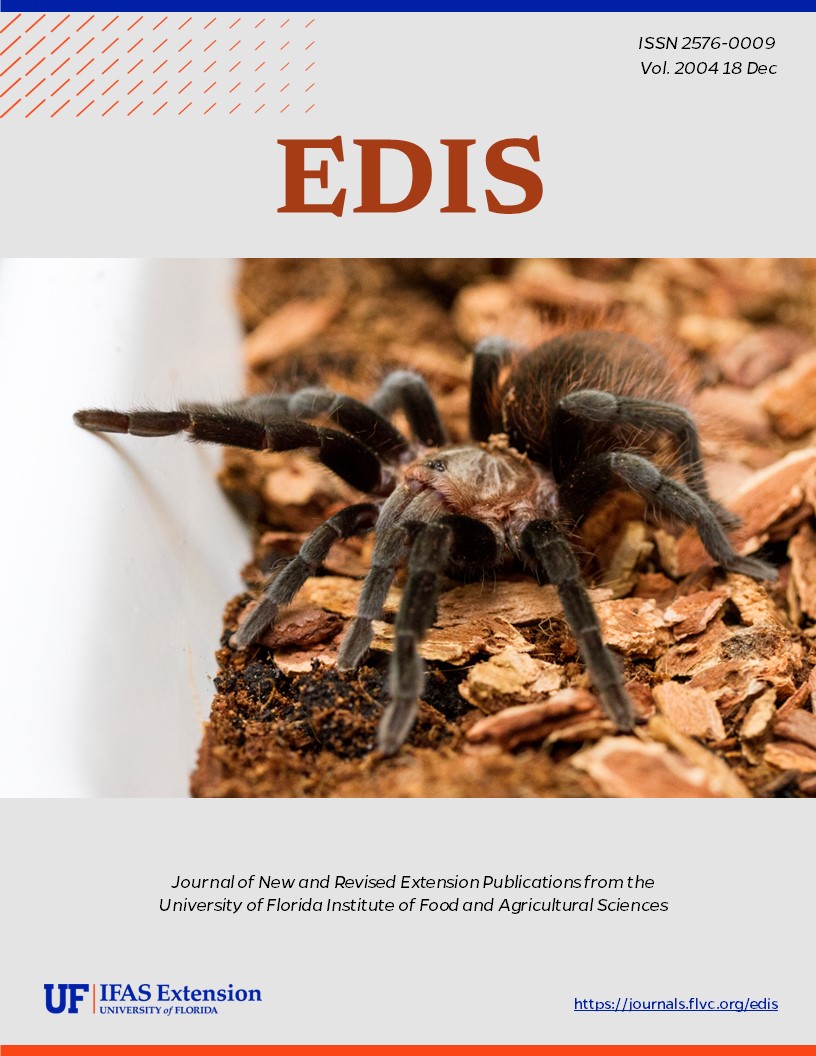Abstract
Seacoast marshelder (Iva imbricata Walter [Asteraceae]), occurs on coastal dunes throughout the south Atlantic and Gulf region (coastal Virginia to coastal Texas) and is used for dune restoration and stabilization projects (Figure 1). The plant has sparse, woody, upright stems reaching heights of 0.3 to 1.2 m (0.98 to 3.94 ft). Leaves are fleshy, narrow and lance-shaped and arrangement may be alternate or opposite. Flowers are not very showy, occur on terminal racemes with a bract below each flower, and have small lavender petals. The flowers appear in late summer and continue into early fall. The plant is prized for its ability to accumulate sand, thereby producing low, rounded dunes (Craig 1991). This document is ENH975, one of a series of the Environmental Horticulture Department, Florida Cooperative Extension Service, Institute of Food and Agricultural Sciences, University of Florida. Original publication date December 2004.
ENH975/EP232: Propagation and Production of Seacoast Marshelder (ufl.edu)
References
Craig, RM. 1991. "Plants for Coastal Dunes of the Gulf and South Atlantic Coasts and Puerto Rico." United States Department of Agriculture Soil Conservation Service Agriculture Information Bulletin 460. 41 pages.
Thetford, Mack and Debbie Miller. 2002. "Propagation of 4 Florida Coastal Dune Species." Native Plants Journal. Vol.3(2):112-120.
This work is licensed under a Creative Commons Attribution-NonCommercial-NoDerivs 4.0 International (CC BY-NC-ND 4.0) license.

